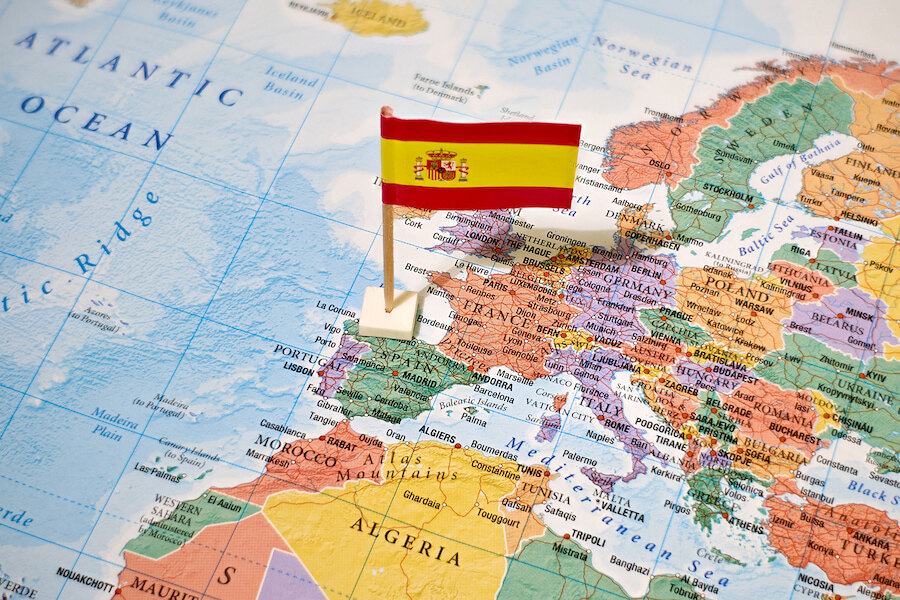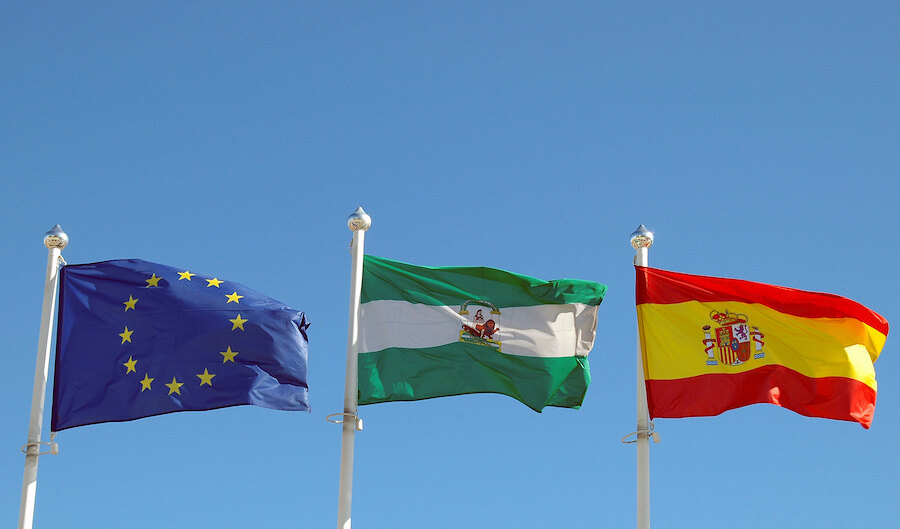Like what you read?
Subscribe to our newsletter for engaging articles, exclusive content, and the latest updates.
Spain is the Eurozone’s growth star, learn what’s behind its rapid expansion and what it means for the future.
· 2 min. read

Spain has quietly become the Eurozone’s star performer. While many European economies are stuck in low-growth mode, Spain is defying expectations. In 2024, the country posted GDP growth of around 3.2 percent, well above its Eurozone peers, and the momentum hasn’t stopped. This September, the Spanish government raised its 2025 forecast to 2.7 percent, citing strong domestic demand and rising investment (Reuters, 16 September 2025). By comparison, Germany, France and Italy are expected to grow at barely 1 to 1.5 percent, leaving Spain in a league of its own (Goldman Sachs).
Data from World Bank Group.

Several forces are working together to explain Spain’s outperformance:
This combination of resilient consumption, strategic investment and reliable exports has made Spain the Eurozone’s growth outlier.

Of course, this performance comes with caveats. Inflation is moderating, but renewed energy shocks could put pressure on households and businesses. The European Commission warns that Spain’s public finances remain stretched, with high debt and deficit levels requiring fiscal discipline. Structural challenges, particularly youth unemployment and productivity gaps, also need long-term solutions (OECD, Employment Outlook 2025).
Goldman Sachs recently described Spain as “Europe’s fastest-growing major economy,” pointing out that it has consistently outpaced Germany, France and Italy since the post-pandemic recovery. This growth is starting to filter into higher living standards at home, while also reshaping Spain’s role within the European Union. For decades, the continent’s economic story was centred on its northern members. Today, the momentum is firmly tilted south.

Subscribe to our newsletter for engaging articles, exclusive content, and the latest updates.
Spain’s economic run is more than a statistical blip. It reflects the payoff from reforms, EU investment, and the country’s ability to adapt to shifting global conditions. If Madrid can manage debt and inflation while keeping up investment in jobs and innovation, Spain could remain not just a frontrunner but a model for sustainable growth in the Eurozone.
If you are looking to buy a property on the Costa del Sol, Panorama has been helping buyers find their dream home for over 55 years. Search for your dream home on our website or contact us today!